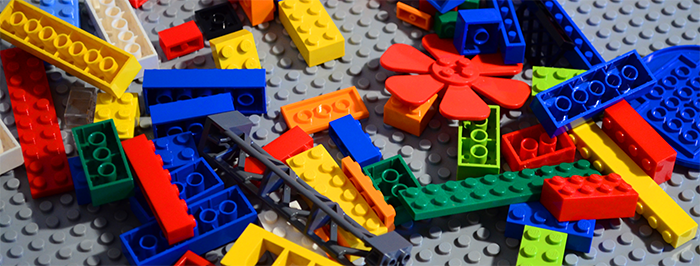Fluorescent wins over conventional color 4 to 1
Fluorescent color seems to be everywhere—from packaging design and toys to neon athletic apparel, DayGlo colors are eye-catching and appear to draw consumers to products. But what is the scientific reasoning for why more and more companies are opting to use fluorescent pigments to manufacture their products?

Fluorescent Over Conventional
In the toy industry, it’s obvious that companies notice children are drawn to the brighter colors over the traditional. There’s no question that brighter, fluorescent colors are more appealing to their eyes as they grow up. There’s a reason why when you ask a kid what their favorite color is that they’re more likely to say hot pink or red over beige. And let’s be honest, their favorite color always seems to be rotating through those rainbow hues.
Bright colors give off the energy of excitement, which is why toy companies are strategically selecting fluorescent pigments over conventional. Kids are more likely to choose your product over anyone else’s—3 out of 4 times to be exact!
The Color Study
In our study with Xavier University, children stated that the toys they “liked best” were fluorescent 66% of the time. When they were asked why they picked those toys over the others, the children responded 79% of the time that the color alone was their reason. The process was then repeated with other pairs of toys displayed.

The study was conducted in a room free of distraction and under normal lighting conditions. Random procedures were established for the positioning of the toys which were grouped in pairs and alternated for each succeeding interview.
Additional Supporting Evidence
To continue the research, Xavier University researchers conducted a similar study to determine color preference in selecting water tempera paint colors for painting a blank canvas. The study was conducted on 95 children aged 3-5 years old, and the paint palette they chose from was made up of a 50/50 balance of 5 fluorescent colors and 5 conventional colors. The results paralleled the findings of the toy study, with 66% of the children picking the fluorescent tempera paint over traditional colors.
To learn more about this study, view our “Children’s Color Preference Study” in our Resource section.
If you would like to learn more about how we can help build your brand identity through our consumer product colorants, please fill out the contact form or email us at dayglo@dayglo.com.
